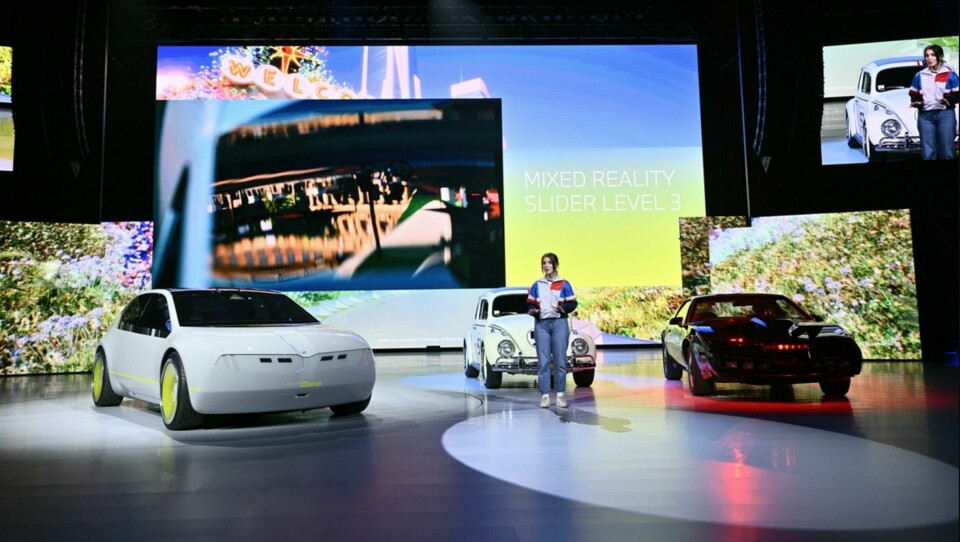
CES 2023 Review: Designers show their hand in Las Vegas
Car Design News was in Las Vegas to look at the latest designs and technology at CES 2023. A familiar theme — advanced in-car displays — was evident and even more pronounced than ever
Designers had a field day with the Consumer Electronics Show (CES) in Las Vegas, but it wasn’t all about the concept vehicles. Admittedly the ones that did make their debut grabbed the most attention, but beyond the exterior designs and some surprising new form language, there was a major theme at the show; displays and the way we interact with them.
Before we get to that though, let’s talk concepts. The biggest headline grabber was the BMW i Vision Dee. It provides the clearest view yet of what BMW’s Neue Klasse electric vehicles will look like when they debut in 2025. It’s a crucial model, likely to become the equivalent of the 3 Series and that could be why there are subtle references back to the E21 of the 1970s. The design is clean and uncluttered, but design director, Adrian van Hooydonk, told Car Design News it’s definitely not retro, instead he says cleaner cars in terms of emissions should have cleaner design.
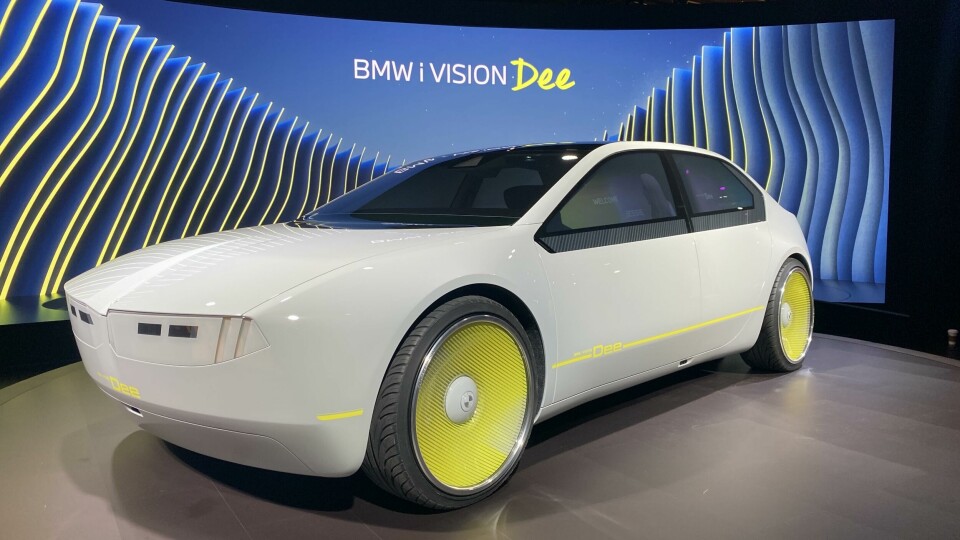
The reductionist design continues inside, with simple, warm and sustainable materials and not a screen to be seen. That’s because BMW approached Chinese laser projection company, Appotronics, who told CDN that the car already has six screens in the form of the windows. In the concept, images are projected that are visible to those outside to welcome the driver for example, as well as for the occupants. That includes either a head-up display or a completely immersive experience using the entire windscreen. We tried it out and at one point the visualisation of driving along the Las Vegas strip turned into an entirely different virtual world. That’s clearly aimed at fully autonomous driving, but the technology is impressive and will feature in some way on the 2025 model.
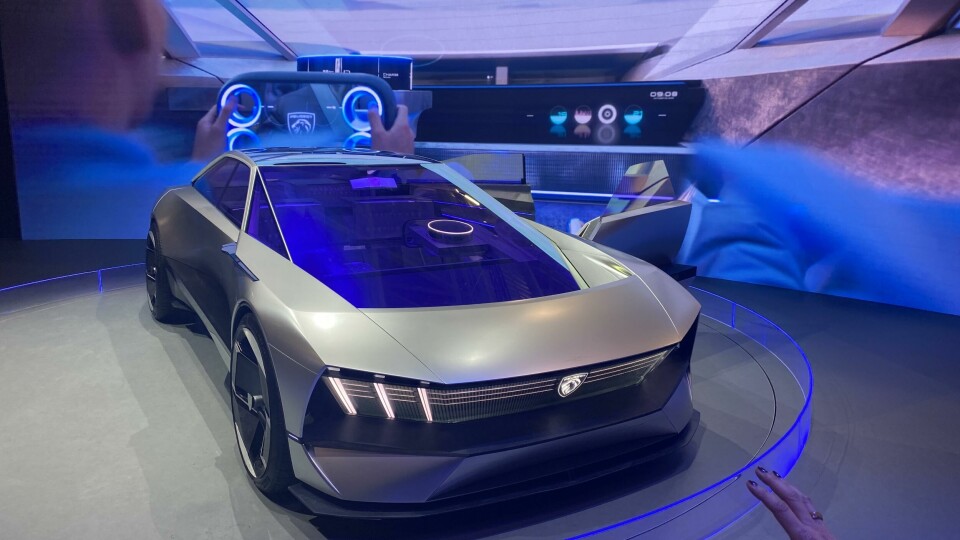
Peugeot showed how important CES is by revealing its dramatic Inception concept, even though the brand is not available in the US. Designed by Matthias Hossann and his team, Inception introduces a brand-new design language while retaining a few echoes of previous models. It hints at the design of new models from 2025 and is of course fully electric. Inside, there’s a new Peugeot I-Cockpit with what’s called a Hypersquare control system that is inspired by video games and contains the infotainment screen.
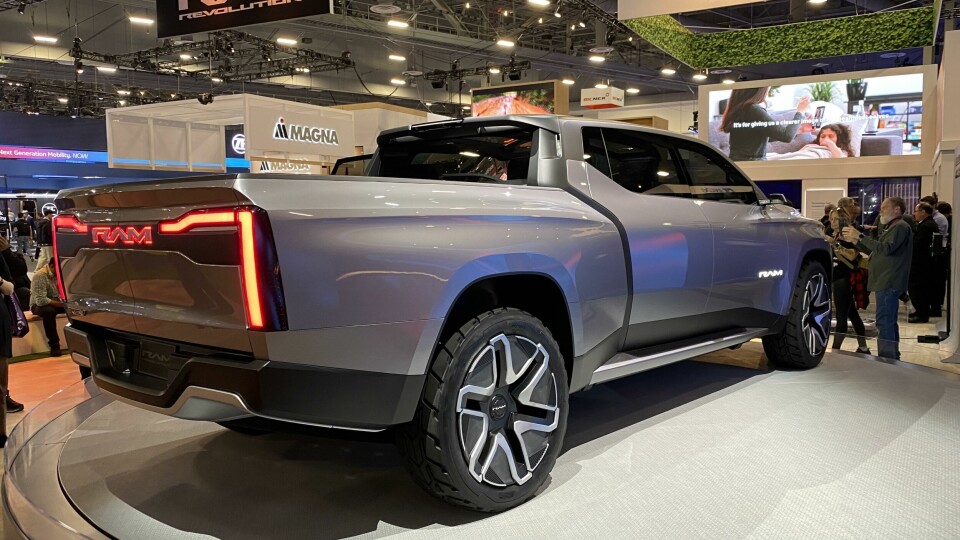
Inception wasn’t the only concept on the Stellantis stand, with the Ram Revolution BEV Concept pick-up showing a future design direction. Ram will introduce its first electric truck in 2024 to take on the Ford F-150 Lightning and Hummer EV.
Elsewhere, Volkswagen sort of showed its new ID. 7 electric model. Covered in electroluminescent camouflage, VW had already given us some clues to the design of its new flagship saloon with the ID. Aero. The exterior design is focused on aerodynamics, while inside, the car features a new 15-inch screen and an augmented reality display.
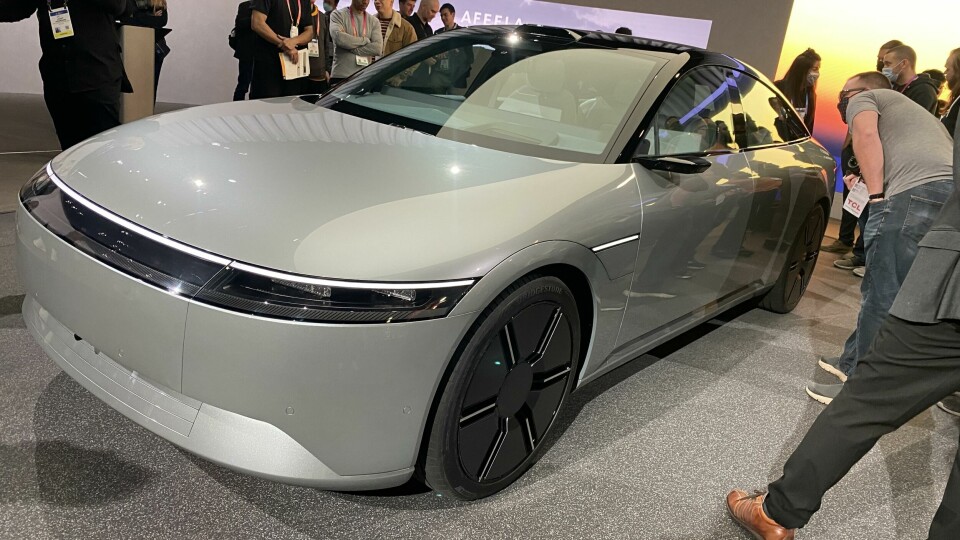
Sony Honda Mobility announced the name of its new electric car line-up, Afeela, and showed its first concept model. The new collaboration between Sony and Honda promises to deliver its first car based on this concept late in 2025. It will use Qualcomm’s new Snapdragon Digital Chassis, but in many respects, Qualcomm upstaged the new OEM with its own concept on its stand. There are no plans to produce the concept, which was designed by UE Studios in Germany, but while the intention was to showcase the technology, the concept’s interior is impressive in terms of both design and materials.
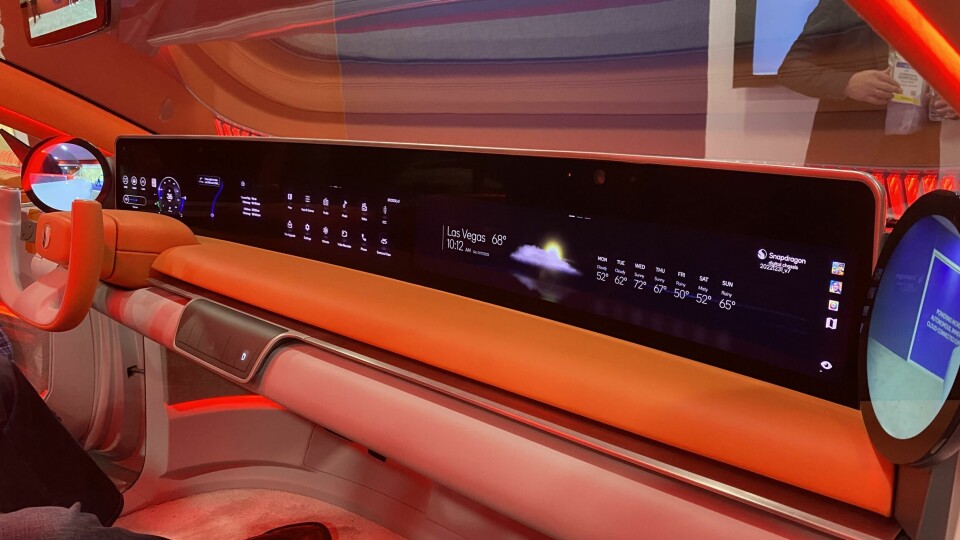
One concept that impressed us was from start-up company Indigo. The concept had a split personality, literally, as either a van or a passenger vehicle. Its centrally positioned driver’s seat allows for a vast amount of legroom for rear passengers, but it was the enthusiasm of Scott Lenkowsky for his project and its design that makes us hope that the project gets the funding it is looking for.
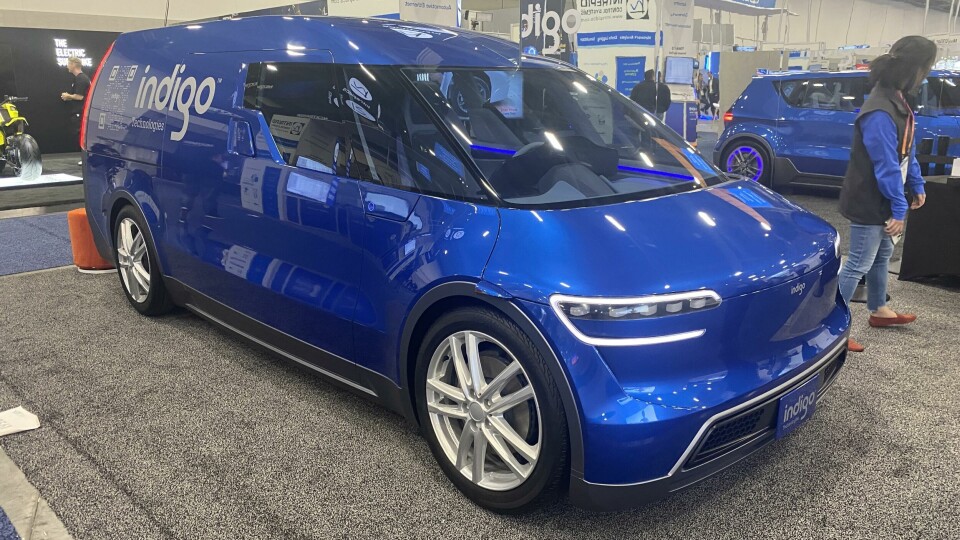
There was no shortage of new mobility ride-hailing pods at CES. Waymo has been using the Jaguar I-Pace for a number of years, but now it has turned to Geely brand Zeekr for the second generation of its ride-hailing vehicle. Revealed at CES it looks MPV-like with Waymo designer Ron Polonski telling CDN that he wanted the new robotaxi to look welcoming. Due to go into production in 2024, engineering began two years ago with design starting a year later.
Geely created a solution that allowed for the removal of the b-pillar, providing a wide access area once the electronic side doors are opened. Polonski said they thought a lot about the design and practicality of the interior space, even turning to another Geely company, LEVC, to understand more about its London black cab design.
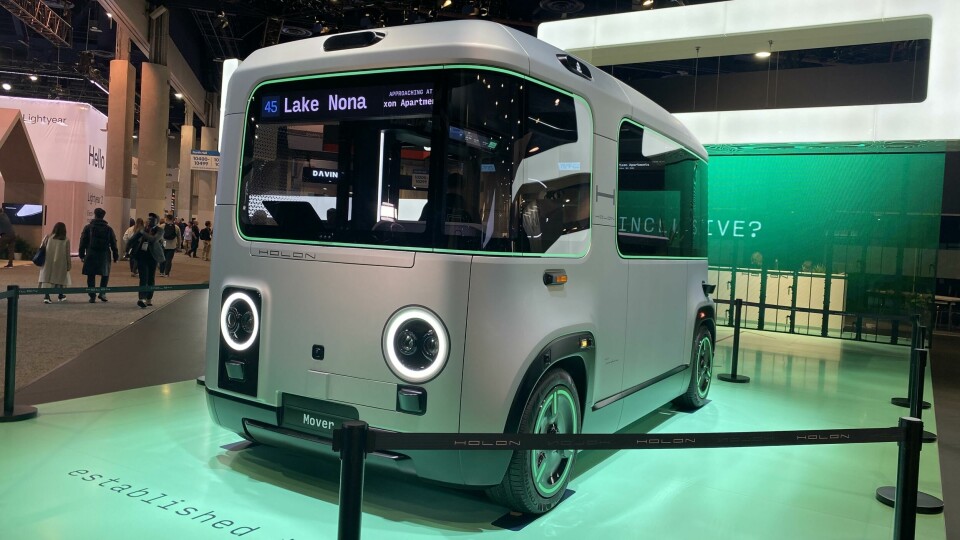
Much more pod-like were the new concepts from Holon and ItalDesign. Holon is a new brand from the Benteler Group and its Mover mobility solution has been designed by Pininfarina. Its asymmetrical design is aimed at ride-hailing services and will begin testing in Germany soon. Able to accommodate up to 15 passengers, Pininfarina CEO Silvio Pietro Angori describes the Mover as “designed to make passengers feel more comfortable and safer than in any other mode of transportation.”
Over on the ItalDesign stand, the Climb-E is the next stage after the Pop.Up project of 2017 and is a modular system that features a capsule which can be moved onto an electric skateboard platform to take up to four occupants to their destination.
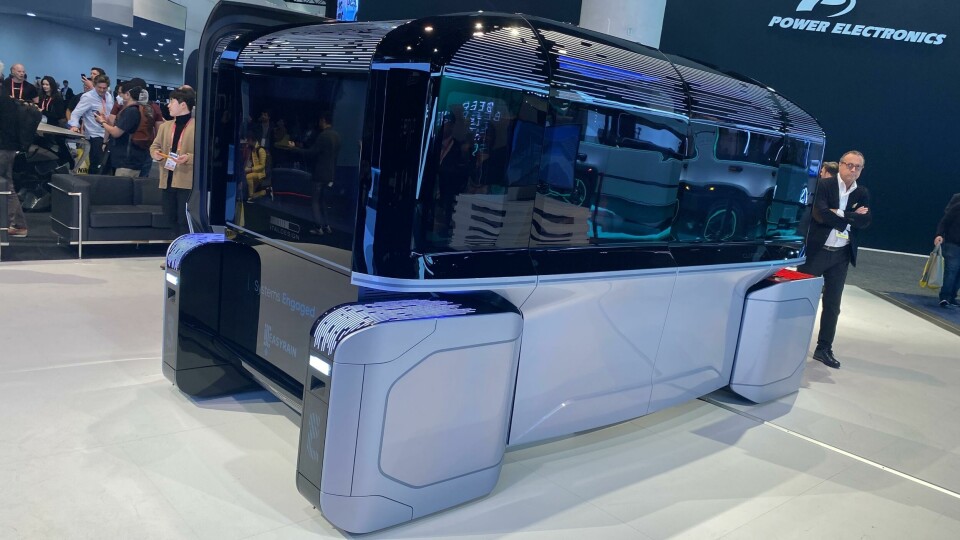
Then there were the displays, everything from a small solution for low volume manufacturers from Halo, to the vast projection display in the BMW i Vision Dee. Samsung-owned Harman had some of the most welcome news when it revealed its Neo QLED technology called Ready Display. It finally catches up to the screens of televisions and smartphones with true black, better definition and more vivid colours. It’s also cheaper than full OLED and we will start seeing it in new cars this year.
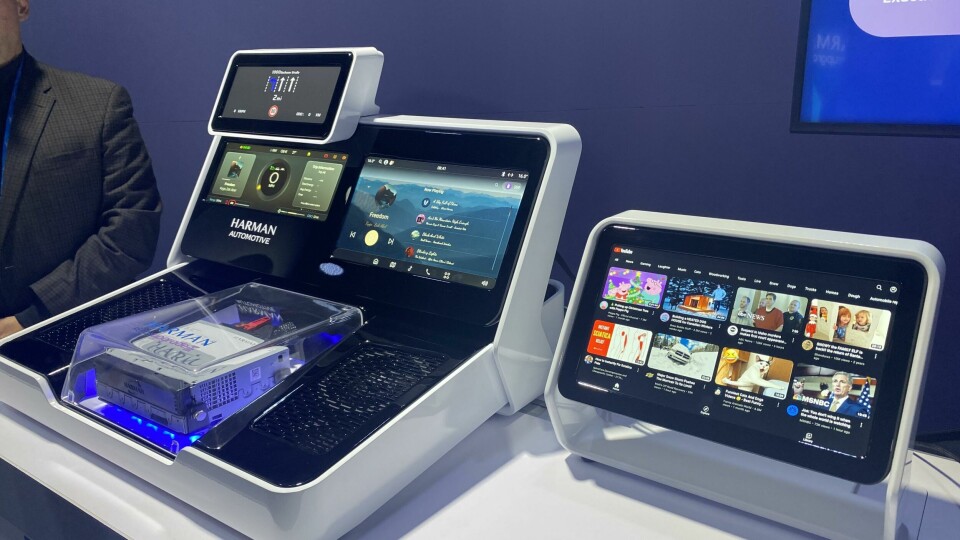
Harman also announced its Ready Upgrade, a new Android OS based system that not only provides selective apps for vehicle owners but has a toolkit for OEM designers so it can easily be tailored to match a brand. In welcome news for the design community, Harman also revealed its new Smart Conformal Antenna that integrates up to 14 separate antennas into one unit that fits flush into the roof, potentially marking the end of the shark fin.
Luxoft announced it is working on new UX designs for Ford and others as it responds to an industry that is switching from a focus on the driving experience to the customer experience. Continental showed its new tech to hide icons inside trim panels as well as a new 3D graphical instrumentation system and there were many more.
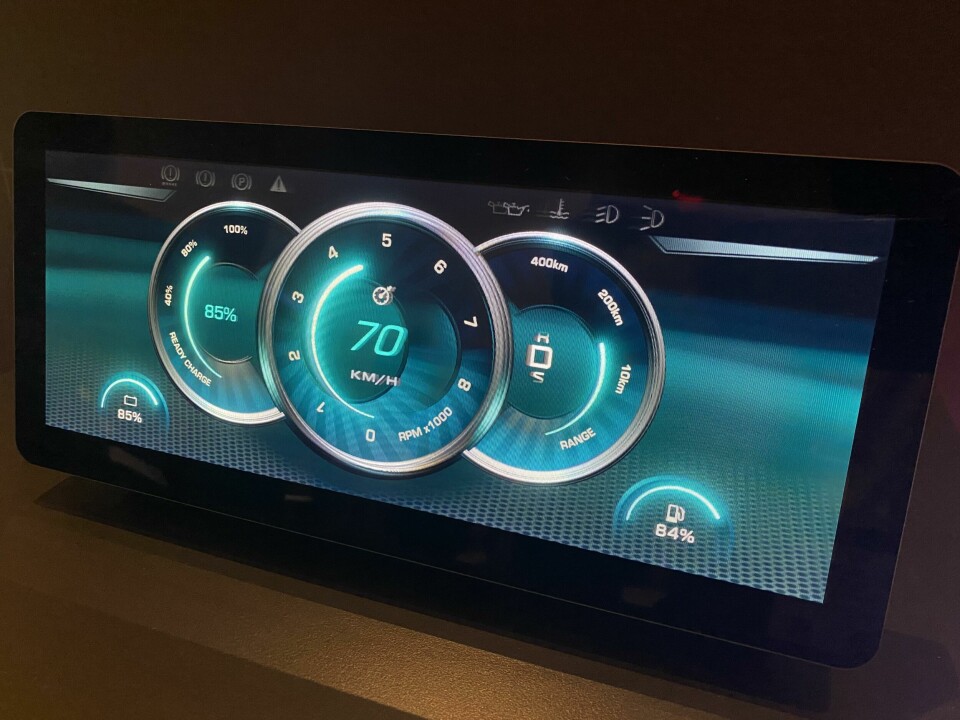
These are just a few of our highlights from CES, which once again showcased not just the technology, but the design trends the automotive industry is working on. From components to robotaxis, the industry is moving ahead at pace and in the coming days we’ll be bringing you more details on some of the exciting concepts from Las Vegas and the people behind them.



